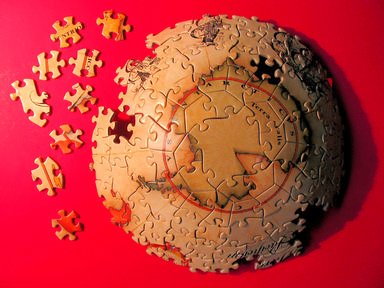Quiz Answer Key and Fun Facts
1. Rome auntie schism?
2. Row cocoa?
3. Broke? (Say it as if it had two syllables.)
4. Sure Mannix spread shun Hessian?
5. Pose Tim precious isn't?
6. Queue bosom?
7. Huts in rippers cool?
8. Hit Ollie yen rennet sauce?
9. Faux toe reel listen?
10. Paw part?
11. Knee owe glassy sis sum?
12. Sir eel hiss him?
13. Obstruct dig spritz shin noose hum?
14. Foe vision?
15. Gauze thick carpet texture?
Source: Author
robynraymer
This quiz was reviewed by FunTrivia editor
crisw before going online.
Any errors found in FunTrivia content are routinely corrected through our feedback system.

